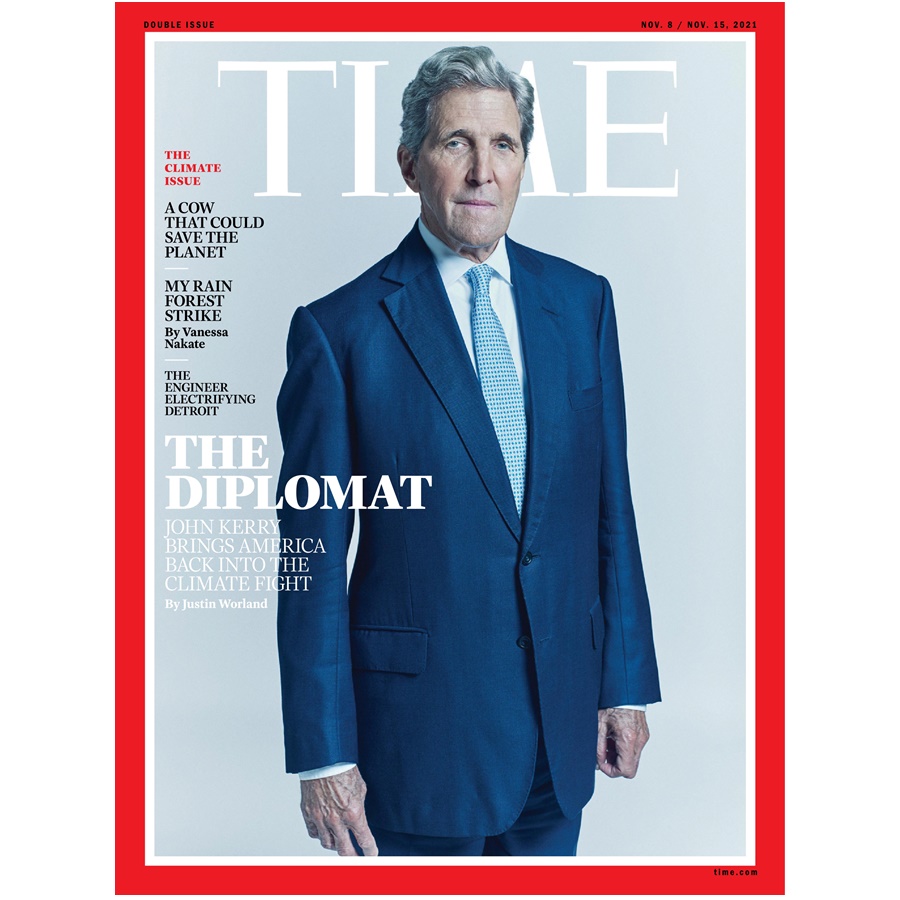Description
Time Magazine 8th November 2021 Double Issue
Almost two years inTo the COVID-19 pandemic, as booster shots roll out and this summer’s Delta-related surge subsides in the U.S., it’s still not clear exactly how, where or when SARS-CoV-2 began infecting people. Many experts believe the virus jumped from animal hosts to humans, but researchers continue to investigate the possibility that it escaped from a laboratory. The chances of figuring out which, if either, of those theories, is correct grow slimmer as time passes. But on Oct. 13, the World Health Organization (WHO) revealed a new effort to capitalize on what time remains: the Scientific Advisory Group for the Origins of Novel Pathogens (SAGO), an advisory group of international experts from specialties including epidemiology, virology, genomics, tropical medicine, public health and animal health. The group is tasked with learning what it can about SARS-CoV-2 while streamlining the study of future emerging pathogens, in hopes of more quickly understanding their origins and transmission so they can be contained. But its first assignment will be bringing new life to the largely stalled investigation of COVID-19’s origins—an investigation that politicians, world leaders, and countless members of the public have long put pressure on the WHO to deliver. It may be too late. Trying to reverse-engineer a virus’s origins two years into the pandemic it caused is like “going back to the scene of a crime two years later and the crime scene has been scrubbed,” says Lawrence Gostin, a professor of global health law at Georgetown University who has served on numerous WHO advisory committees. That doesn’t mean it isn’t worth trying. When cases of what we now know to be COVID-19 were first reported near Wuhan, China, in late 2019, the cluster seemed to be linked to an animal market. But as time went on, some experts asked whether the virus could have been lab-made.Time Magazine 8th November 2021 Double Issue
DOWNLOAD NOW





